This post may contain affiliate links. Please see our disclosure policy.
Taco Soup is a deliciously complex soup that’s incredibly satisfying right off the pantry shelf. Serve it as is, or spice it up with sour cream, salsa, and tortilla chips at serving.

Are you tired of always ordering takeout or cooking the same old meals every weeknight? Here’s a solution: canning taco soup! This recipe is not only delicious, but also very convenient for those busy days when you don’t have a lot of time to cook.
Plus, it’s a great way to use up your pantry and freezer leftovers.
In this post, we’ll show you how to can taco soup and give you some serving ideas that will make this meal even more enjoyable.
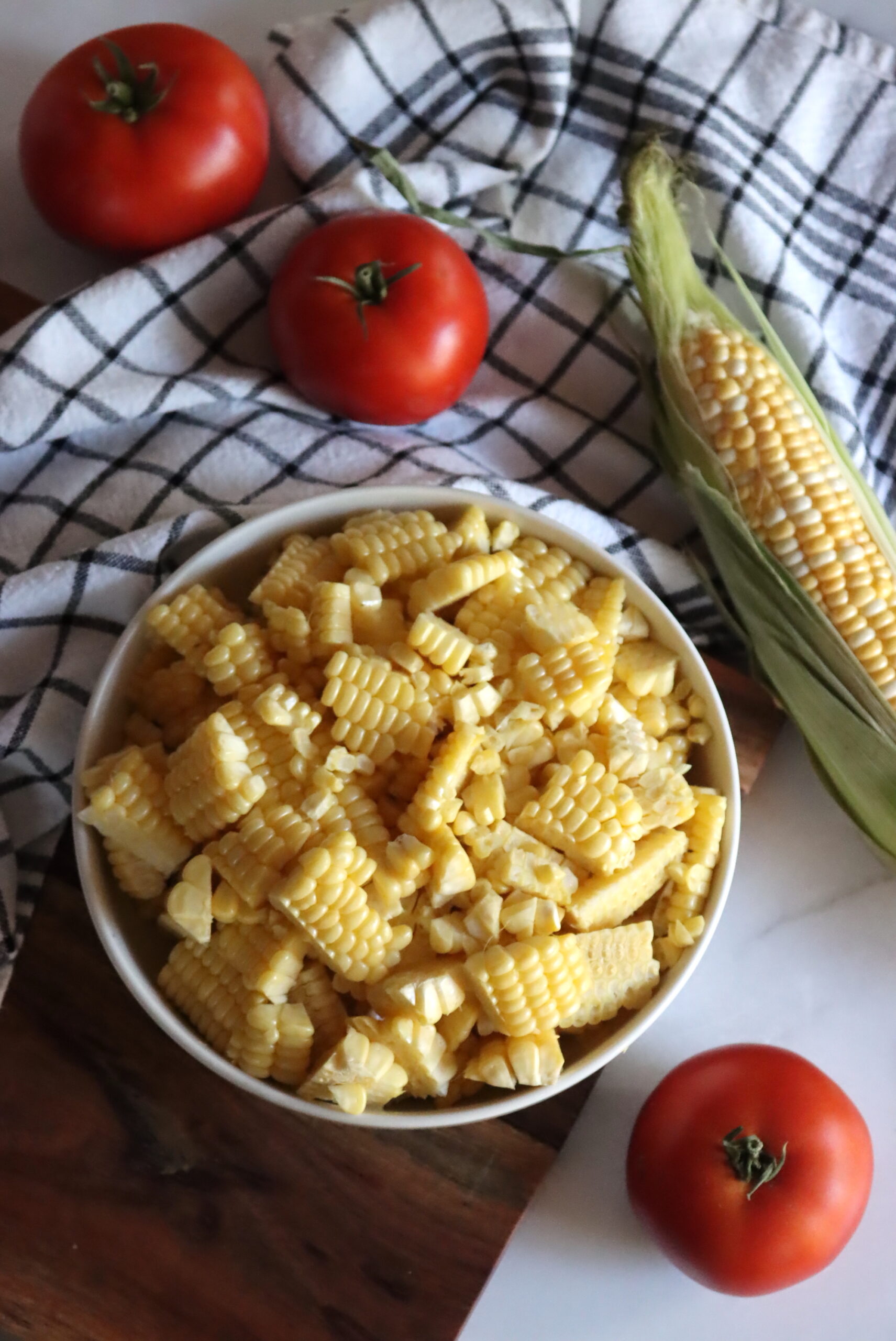
Ingredients for Taco Soup
This recipe for canning taco soup is adapted from Pressure Canning for Beginners and Beyond by Angi Schneider, which happens to be my very favorite pressure canning book. Angi’s recipes are always spot on, and the spicing for this one is exceptional.
The ingredients for canning taco soup are quite simple. To make a canner batch of 14 pints or 7 quarts, you’ll need the following:
- 2 lbs (907 grams) ground beef, lightly browned
- 1 lb (454 grams or 2 1/2 cups) dried red, black, or pinto beans, presoaked
- 10 cups (2.4 liters) water
- 4 lbs (1.8 kg) peeled and chopped tomatoes
- 4 cups (640 grams) diced onion
- 4 cups (616 grams) corn
- 10 cloves minced garlic
- 2 tbsp (32 grams) non-iodized salt
- 2 tbsp (16 grams) chili powder
- 1 tbsp (6 grams) ground black pepper
For Serving (optional):
- Shredded cheddar or Monterey jack cheese
- Sour cream
- Diced chives
Note that the beans in this recipe need to be soaked via the quick-soak or overnight method. Either method is fine, but make sure you do it before beginning this recipe.
You will need roughly 4 ½ lbs (2 kg) of whole tomato and 1 ½ lbs (680 grams) of onions to achieve the quantities listed above. You’ll also need six to seven ears of corn, but frozen corn will work fine too.
Canning Taco Soup
Begin by preparing the pressure canner, along with your lids and jars. Fill the canner with a few inches (approximately 8 cm) of water, based on the instructions from your specific canner manufacturer. Place the canner on the stovetop over low heat, placing the jars inside to stay warm. Since this is a hot-pack recipe, you’ll need to keep the water at 180 degrees Fahrenheit (82 Celsius) while you prepare the rest of the ingredients.
Start by browning your ground beef, and then set it aside.
Drain the water from the soaking beans. Pour the beans into a large stockpot, then cover with fresh water. Bring them to a boil, then remove from the heat and drain the water.
Pour the beans back into the pot, adding 10 cups (2.4 liters) of water. Then, add the tomatoes, garlic, spices, corn, onions, and browned beef. Bring this mixture to a boil over high heat, then reduce the heat to a gentle boil. Let it boil for another five minutes.
At this point, the beans and vegetables won’t be fully cooked – that’s okay! They will continue cooking in the jars. The idea here is just that everything is heated through when it goes into the jars for hot pack, rather than it’s actually cooked at this point.
Take the stockpot off the heat, then ladle soup into the prepared jars. Try to put the solids in first, then the liquid, to make sure everything is evenly distributed. Leave 1 inch (2.5 cm) of headspace.
Remove the bubbles with a bubble removal tool and check to make sure you have adequate headspace. You can top the jars off with boiling water if you’re short on liquid. Then, wipe the rims using a clean, damp cloth to remove food residue or particles. Place the lids and bands on the jars, then load them into the pressure canner.
Put the lid on the pressure canner and allow it to vent steam for 10 minutes. Then, process the jars at 10 lbs of pressure for 75 minutes for pints or 90 minutes for quarts. Adjust for altitude as needed, and remember to adjust your timing if the pressure drops below 10 lbs.
When the processing time has finished, you can allow the canner to depressurize naturally. Remove the jars and let them cool on the counter for 12 hours. Check the seals, label, and store the jars for one year.
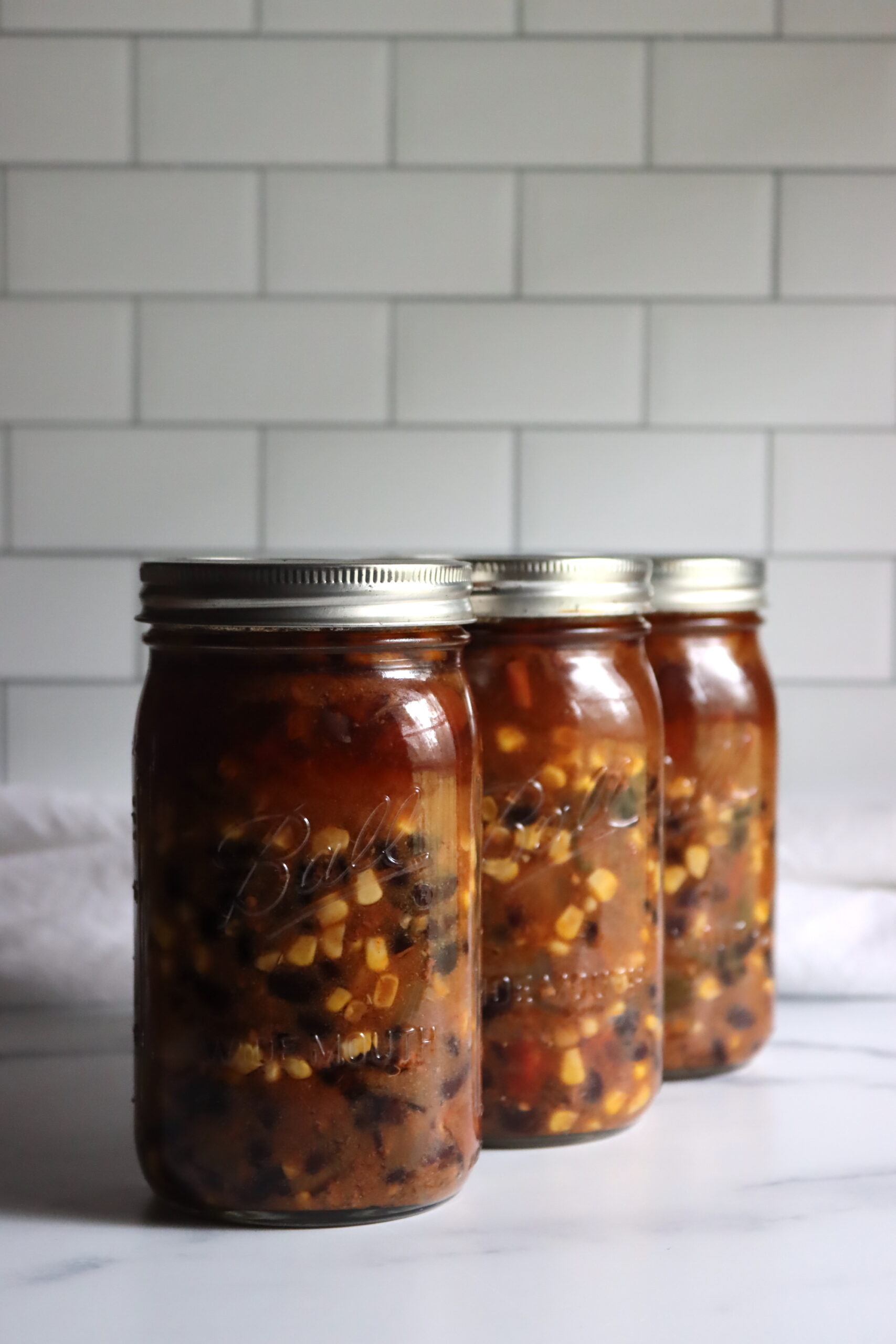
Altitude Adjustments
Altitude adjustments for meat canning recipes, including this taco soup recipe, are as follows:
For dial gauge pressure canners:
- 0 to 2,000 feet in elevation – 11 lbs pressure
- 2,001 to 4,000 feet in elevation – 12 lbs pressure
- 4,001 to 6,000 feet in elevation – 13 lbs pressure
- 6,001 to 8,000 feet in elevation – 14 lbs pressure
For weighted gauge pressure canners:
- Above 1,000 feet – 15 lbs pressure
- 0 to 1,000 feet in elevation – 10 lbs pressure
Serving Taco Soup
When you’re ready to serve, simply empty a jar of soup into a stockpot. Heat it up for about 10 minutes, or until it’s bubbling, then garnish with sour cream, chives, and cheese. We recommend serving it with some cornbread, tortillas, or tortilla chips.
Another great idea? Serve it over rice or with a side of cornbread. You can also use it as a filling for tacos, burritos, or quesadillas.
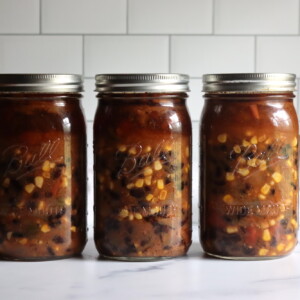
Canning Taco Soup
Equipment
Ingredients
- 2 lbs ground beef, lightly browned
- 1 lb dry beans, weighed as purchased, then pre soaked, 2 1/2 cups dried red, black, or pinto beans
- 10 cups broth, or stock or water
- 4 lbs Tomatoes, peeled and chopped
- 4 cups onion, diced
- 4 cups corn
- 10 cloves garlic, minced
- 2 tbsp salt, canning or kosher salt
- 2 tbsp chili powder
- 1 tbsp ground black pepper
Instructions
- Prepare the pressure canner, along with your lids and jars. Fill the canner with a few inches (approximately 8 cm) of water, based on the instructions from your specific canner manufacturer. Place the canner on the stovetop over low heat, placing the jars inside to stay warm.
- Start by browning your ground beef, and then set it aside.
- Drain the water from the soaking beans. Pour the beans into a large stockpot, then cover with fresh water. Bring them to a boil, then remove from the heat and drain the water.
- Pour the beans back into the pot, adding 10 cups (2.4 liters) of water.
- Add the tomatoes, garlic, spices, corn, onions, and browned ground beef.
- Bring this mixture to a boil over high heat, then reduce the heat to a gentle boil. Let it boil for another five minutes.
- Take the stockpot off the heat, then ladle soup into the prepared jars. Leave 1 inch (2.5 cm) of headspace.
- Remove the bubbles with a bubble removal tool and check to make sure you have adequate headspace. You can top the jars off with boiling water if you're short on liquid.
- Then, wipe the rims using a clean, damp cloth to remove food residue or particles. Place the lids and bands on the jars, then load them into the pressure canner.
- Put the lid on the pressure canner and allow it to vent steam for 10 minutes.
- Process the jars at 10 lbs of pressure (69 kPa) for 75 minutes for pints or 90 minutes for quarts. Adjust for altitude as needed, and remember to adjust your timing if the pressure drops below 10 lbs.
- Allow the canner to depressurize naturally. Remove the jars and let them cool on the counter for 12 hours.
- Check the seals, label, and store the jars for one year.
Notes
Altitude Adjustments for Canning Taco Soup
Altitude adjustments for meat canning recipes, including this taco soup recipe, are as follows:For dial gauge pressure canners:
- 0 to 2,000 feet in elevation – 11 lbs pressure
- 2,001 to 4,000 feet in elevation – 12 lbs pressure
- 4,001 to 6,000 feet in elevation – 13 lbs pressure
- 6,001 to 8,000 feet in elevation – 14 lbs pressure
For weighted gauge pressure canners:
- 0 to 1,000 feet in elevation – 10 lbs pressure
- Above 1,000 feet – 15 lbs pressure
Nutrition
Nutrition information is automatically calculated, so should only be used as an approximation.
Meat Canning Recipes
Working with other types of meat? Check out these other meat canning recipes!
- 20+ Chicken Canning Recipes
- Canning Leftover Turkey
- Canning Chicken Chili Verde
- Canning White Bean Chicken Chili
- Canning Chicken Soup
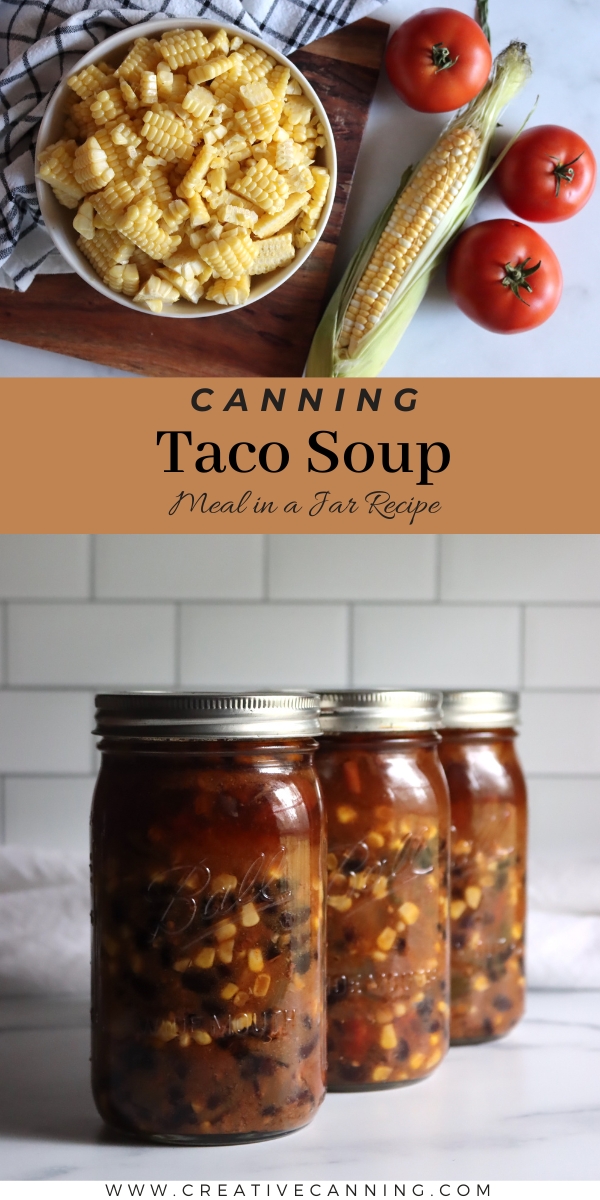
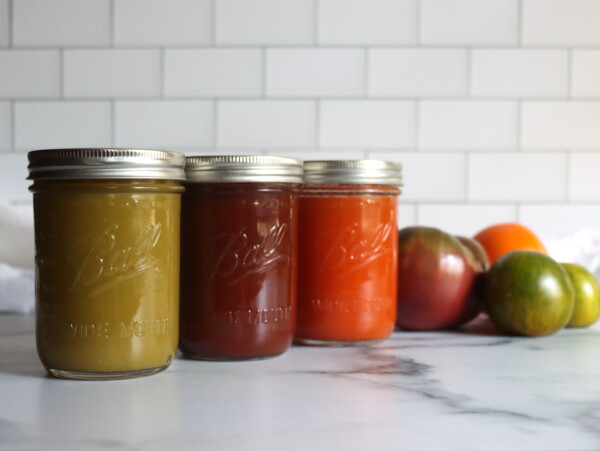
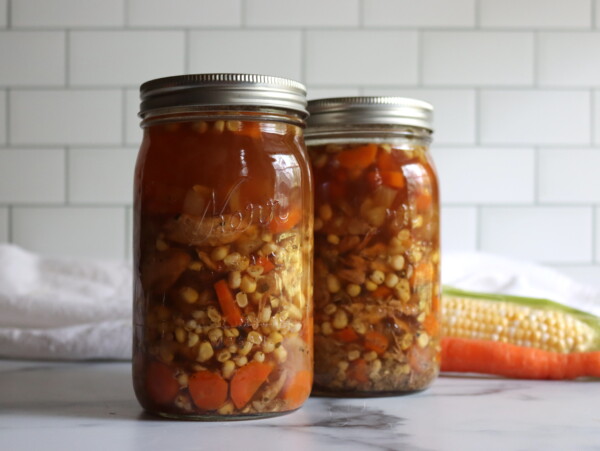
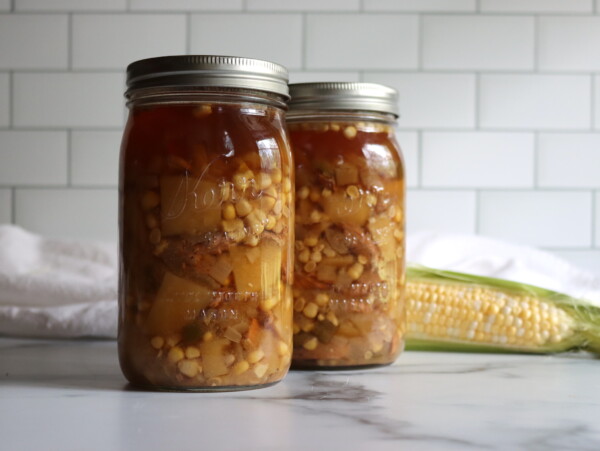
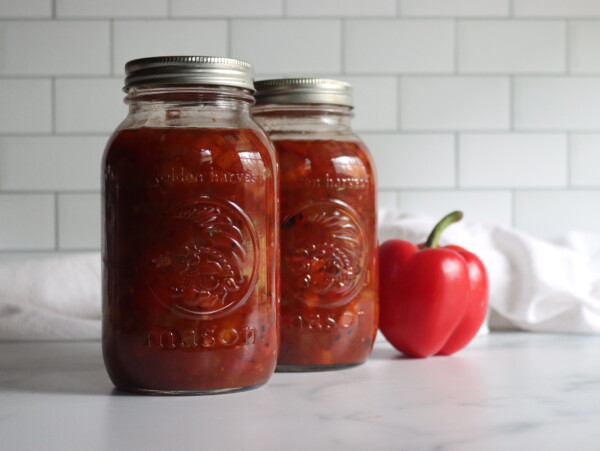
I made this recipe and it is one of my favourite recipes for canning. I will definitely make it again. Delicious!
Wonderful!
Is it possible to do this with water bath canning method as I don’t have a pressure canner?
No, this one has to be pressure canned. Waterbath canning only works for jams, jellies and pickles.
Can I use ground turkey instead of ground beef ?
Yes, that’s perfectly fine. Enjoy!
Looks yummy! I’ve read that you can sometimes safely substitute vegetables in canned soup recipes, as long as the total measurements remain the same. If so, could I substitute some of the corn and onions for chopped peppers?
For this particular recipe, yes, so long as the total volume says the same. This recipe follows the “brothy soups” protocol for canning, where you fill the jar halfway with solids and then fill to the top with broth. Because the beans expand a bit the jars look a bit more than half full coming out of the canner. Here’s where you can find instructions on what you can and cannot substitute in this recipe:
https://creativecanning.com/choice-soup-canning-recipe/
This sounds so good! How would you adjust the recipe if not able to pressure can and just want to make it for supper?
If you’re not going to pressure can it, the main thing you have to make sure is that the beans get cooked. What I’d do is cook the beans in broth until just tender, and then make the soup from there.
Can you use chicken breast cubed instead of ground beef?
Yes, that’s a fine substitution and I think it’d be delicious. Enjoy!
Unfortunately(or not) my soup canned at 15 pressure for 1/2 the time. Is that ok or do I need to start over?
I’m assuming that 10 pounds is right for your altitude? Canning at a higher pressure than required is fine, and that’s perfectly safe. For most foods, you actually won’t notice much of a difference. In taco soup, you might notice that the beans are a bit softer, and the corn might have changed in flavor a bit. The natural sugars in corn caramelize when canned at a really high temperature. That may or may not be delicious in this soup, you’ll have to see. But in terms of canning safety, if the jars are sealed, you’re good.
Can I use taco seasoning in the taco soup for canning? If so how much for 2 lbs of ground meat. Do I leave out the chili powder.
You should be able to use a packet of taco seasoning, depending on what’s in it. If it has thickeners (flour, etc), then no, but if it’s just spices then it’s fine. Most taco seasoning has salt in it though, so that’d likely make your recipe too salty if you used all the salt I have in the recipe. You’ll have to play with it and find a recipe that suits your tastes, but canning wise, there’s no reason not to try it. Enjoy!
I have some extra taco soup from my batch as I did some quarts and some pints. How long does the extra amount need to cook in order to soften the beans?
Depends a bit on your beans, but I’d go with an hour and a half, to up to 2 hours.
Can I use canned whole tomatoes?
Yup, that’s fine. Just make sure you chop them, but they can come from a can instead of fresh. Enjoy!
Could I use canned tomatoes instead of fresh for the taco soup? If so, what would be the amount?
Yes, you can use canned tomatoes in place of fresh. One 14.5 ounce can of diced tomatoes is usually considered equal to a pound, so since this recipe starts with 4 pounds tomatoes, you’d need four or those cans.
I have a Ball electric canner. How many minutes would I need to process in that?
Ball electric canners are water bath only, and this is a pressure canning recipe.
Can I adjust seasonings to my taste without compromising the shelf stability?
You can adjust any dry seasonings you like without compromising safety. Enjoy!
I find it difficult to use a recipe that uses pounds instead of cups like 1 pound of dried beans Are we suppose to weigh the beans and other ingredients Do i need a kitchen scale?
A pound of dried black beans is 2 1/2 cups. I’ll go in and add that note. (Many people buy their beans in 1 pound bags, and don’t know it in cups, that’s why I put the dry bean measurements by weight.)
Unfortunately, I currently do not have a pressure canner. Can I water bath the soup? Also, for how long?
This recipe (and all soup recipes) must be pressure canned.
Do you cook the beef before adding it?
Yes, the ground beef needs to be browned before it’s mixed into the soup for this recipe.
Could this be canned without meat? I’m a new vegetarian and wondered if I left meat out would it change the time of canning?
You can can this recipe without the meat, that’d be perfectly fine. The canning time would be the same actually, as corn has one of the longest canning times of anything (including meat). Just skip adding the meat and proceed with the recipe as written otherwise. (You’ll likely need more veggie broth to fill the jars, so plan for that.)